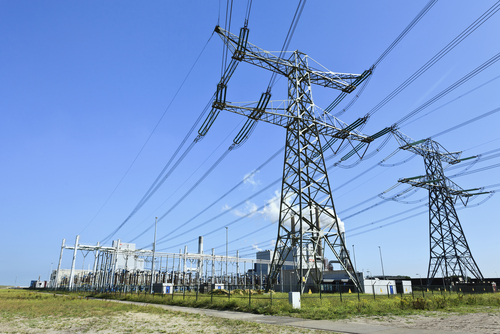Cloud Wireless Access Burns More Energy Than Data Centres – Report

Low energy data centres miss the point – wireless cloud access costs the planet more
Efforts to reduce the environmental impact of the world’s IT systems may be attacking the wrong target: 4G and Wi-Fi wireless data networks use more power than the data centres that power the cloud, according to an Australian research report.

The amount of energy used in wireless cloud services is set to quadruple between 2012 and 2015, according to a report from the Centre for Energy Efficient Telecommunications (CEET). More striking is the fact that data centres only make up about one-tenth of the energy used by the cloud – the vast majority is used in delivering data by wireless networks, and that proportion is increasing.
Wi-Fi and 4G – the hidden cloud costs
Environmental activists have criticised IT energy use, but Greenpeace has focused on data centre energy, slating Apple and Facebook for using non-renewable power in their data centres. In fact, data centres used about 1.4 TeraWatt-hours (TWh) of energy in 2012, about 15 percent of the total of 9.2TWh for the cloud, according to estimates from Melbourne-based CEET, published in The Power of the Wireless Cloud (PDF).
These figures are set to grow, but wireless networks will become more energy-hungry, the CEET researchers believe, as applications such as Google Apps, Office 365, Amazon Web Services (AWS) and Facebook grow ever bigger. The report predicts an increase of between 390 percent and 460 percent by 2015, with the access part growing faster than the data centre part, so the data centre will only make up about nine percent of total cloud energy use.
In an aside, the report says the actual energy growth may be even bigger than this, since the quoted figures assume that the networks in 2015 use the latest technology available in that year, but this will most likely not be the case. “The cost of re-equipping the entire network with the latest technology each year will be prohibitive,” the report reads. “Therefore, it is most likely the network infrastructure will be a mixture of new and older technologies.”
The data centre power usage may also look better than it is – the report only covers data centres which are used for public cloud services, which tend to be new and efficient: “Estimates of global data centre power consumption are much higher because those estimates include all data centres – many of which are old, lightly utilised and not designed for energy-efficiency operation.”
“When Greenpeace analysed cloud efficiency it hit a nerve with the likes of Google, Microsoft and Apple by suggesting that data centres are to blame for a ‘dirty cloud’,” said Dr Kerry Hinton, CEET deputy director. “In fact, the problem is much worse, data centres aren’t the biggest issue. The trend towards wireless is the real problem and the networks are to blame. By 2015, the energy consumption of data centres will be a drop in the ocean compared to wireless networks in delivering cloud services.”
CEET is investigating ways to improve network energy efficiency. It is funded by the University of Melbourne, the Victorian State Government, and Altacel-Lucent’s Bell Labs. “I think it’s unlikely people [will] trade away the mobile convenience of these services,” said Hinton. “Another solution might be to increase the way network resources are shared among users, but more likely we’ll need a radical improvement in the efficiency of the technologies themselves and potentially a fundamental change to the way data is managed across the global network. These are the things we’re investigating at CEET.”
CEET sponsor Bell Labs has been working on energy-efficient networking for some time – pointing out that networks use around two percent of the world’s electrical power. Advances such as Massive MIMO have been proposed to improve on the efficiency of this.
Other commentators point out another extra energy cost of wireless access – the short lifespan of mobile devices: “Smartphones and tablets are often very difficult to repair. Smartphones that cost $600/£600 may be junked after 24 months or less,” said Jack Schofield on ZDNet. “Although smartphone fans may be pleased that these devices could soon be selling 2 billion units a year, it’s inevitable that we’ll soon have to dispose of 2 billion mobiles a year. This is a waste of resources on a colossal scale.”

Are you a a cool green tech guru? Try our quiz!